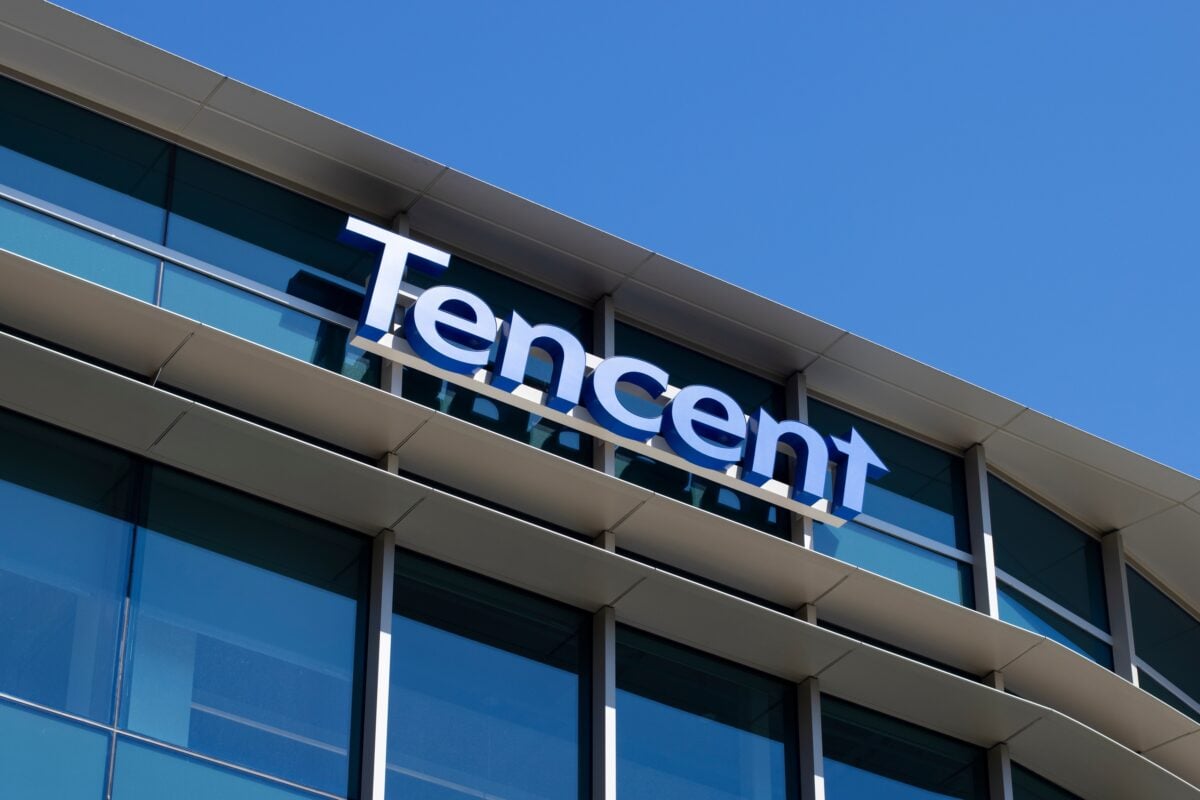The ROI of Play: Why Investing in Community Spaces Benefits Business and Brand
Community spaces may be meant for public use, but private sector organizations can engage and benefit from them, as well. In fact, there are many win-win scenarios where businesses can invest in community spaces in the name of improving both quality of life and ROI.
\ The key to unlocking this synergistic outcome is understanding what a “community space” is. Often, the first thing that comes to mind is a park or community garden, and these are definitely spaces where communities can come together.
\ But a library is also a community space. So is a playground or a youth center. Even a public school or hospital can be considered a public space where people come together.
\ When businesses begin to see spaces like these as collaborative opportunities where they can build their local impact and their bottom line, it opens up a whole new world of possibilities. Here are some of the ways businesses can benefit from investing in community spaces.
Strengthen Local Economies
Starbucks offers another example of how a company can turn community investment into both social and business value. Through its Community Stores initiative, the company partners with local nonprofits and entrepreneurs to open stores in underserved neighborhoods. Each location reinvests a portion of its profits into local programs that support youth, workforce development, and economic empowerment.
\ These stores serve as gathering places where people can connect and access resources, blending Starbucks’ business model with genuine community building. The result has been measurable: stronger local engagement, improved brand trust, and increased store performance in participating markets.
\ By viewing community spaces as extensions of its mission rather than just sales outlets, Starbucks has shown how business growth and local impact can go hand in hand.
Enhance Brand Perception
One of the best ways community involvement helps a business is through better brand perception. When a company helps a community, it makes it look better. It’s as simple as that.
\ PlaygroundEquipment.com is a great example of this concept in action. The commercial playground designer and installer is a thriving business that looks beyond contracts and assembly lines to make a bigger impact.
\ The company steers into its industry by creating resources, like its Fundraising Guide, to help local communities raise the funds needed to improve community spaces with its equipment. The company also has many local partners that it empowers to impact their communities, both through playgrounds and through charitable donations.
\ This has helped shape the public perception of PlaygroundEquipment.com. The company is seen not just as a practical manufacturer but as a brand committed to empowering positive change in communities across America.
\ When a business is willing to invest in the obvious “connect the dots” opportunities like these, it can help them shape public perception. They can build a positive narrative around their company and its larger role in the community.
Attract Talent and Boost Engagement
A business that is willing to invest in community spaces can both directly and indirectly benefit its own talent acquisition process. Drawing from the previous point, a company can directly improve its workforce by building a positive reputation around its brand. This naturally attracts better candidates.
\ There is an indirect element at work here, as well. When a company is willing to think long-term through improved community spaces, it creates more positive spaces for more qualified talent.
\ The business community in Acadiana is a good example of this. Local organizations have come together to invest in local schools and community educational facilities. This had the deliberate and conscious impact of improving workforce development in the region. It strengthened local talent pipelines and made the area more attractive to professional talent and their families.
\ This public-private partnership in Acadiana is a perfect demonstration of how community-minded businesses can improve their own talent through thoughtful local investments.
Building a Brand Through Community Investment
Strong ROI can be achieved through community investments that build goodwill as well as profit. Businesses can invest in mutually beneficial initiatives within their communities aimed at helping their own profitability as well as the quality of life in their region.
\ Examples can be easily found. From Starbucks to PlaygroundEquipment.com and Acadiana, these companies demonstrate how businesses can have a synergistic impact through high-impact, community initiatives. When you step back and see the benefits that local investment offers, it opens unique ways to improve brand awareness and reputation, stronger talent pipelines, and ultimately, better revenue streams.
You May Also Like

According to Market Analysts This $0.012 AI Token Could Be the Best Investment of the Decade — Ozak AI’s 41,000% Potential Outshines Ethereum’s Early Growth

Crypto On Alert: Raoul Pal Hints At Macro Twist Post-US Govt Shutdown
